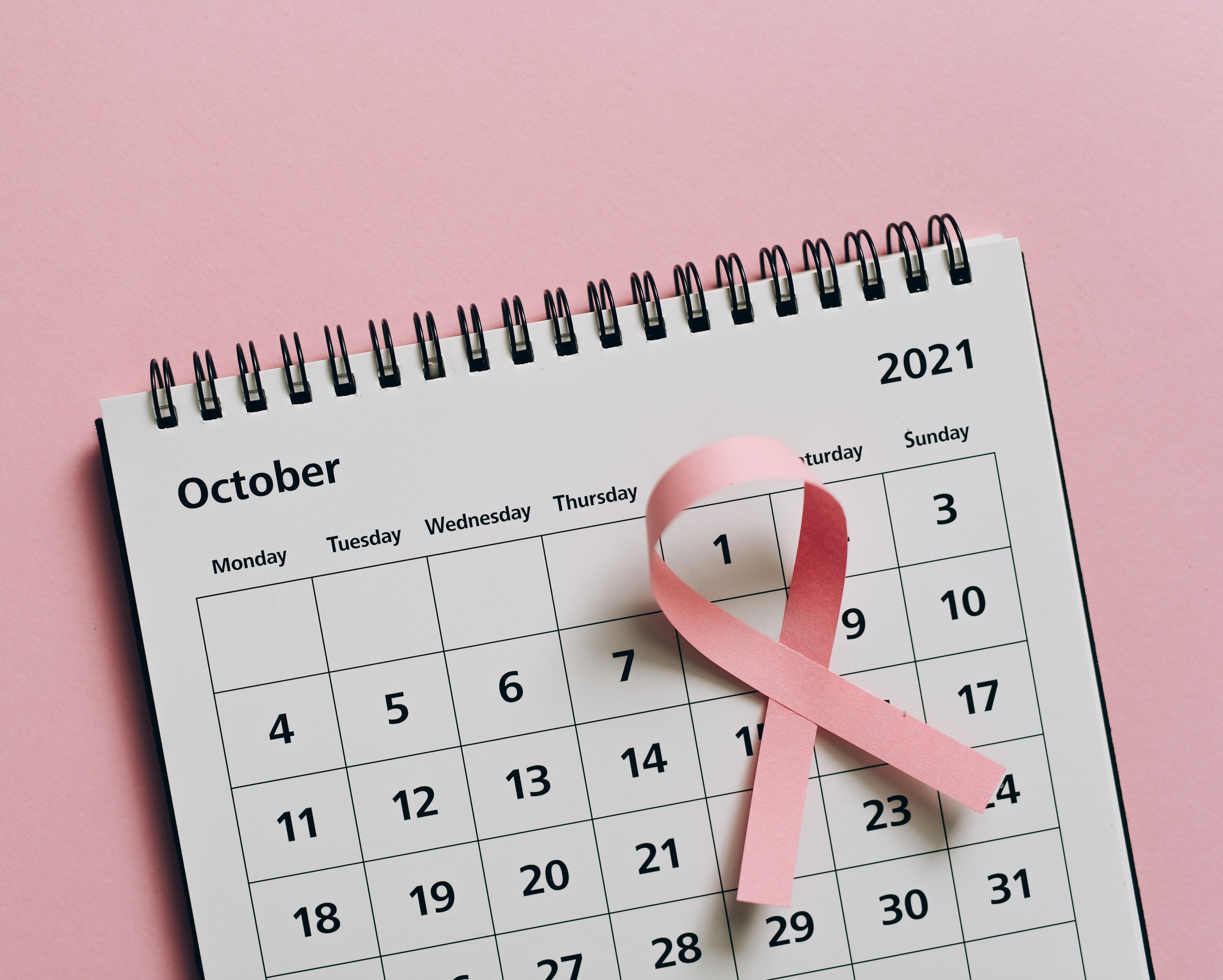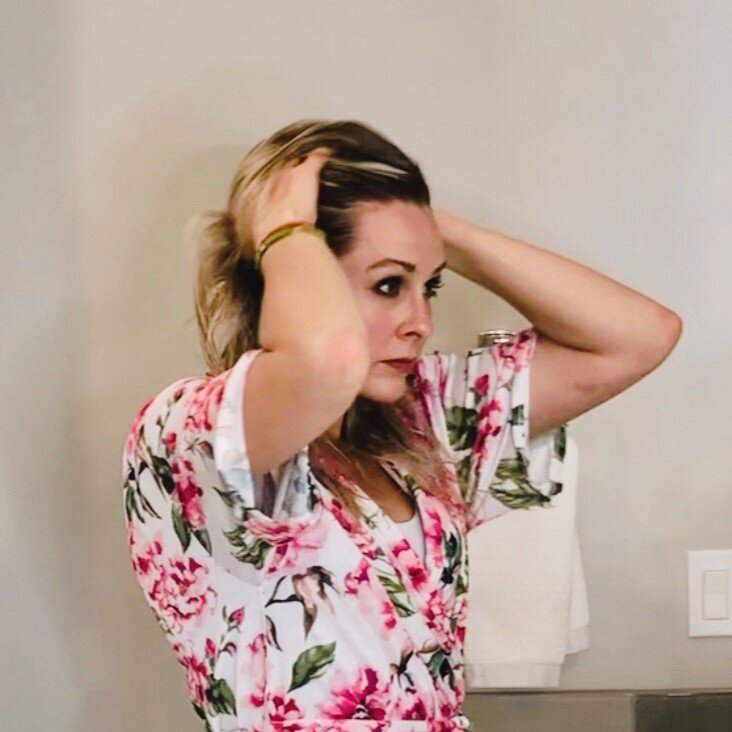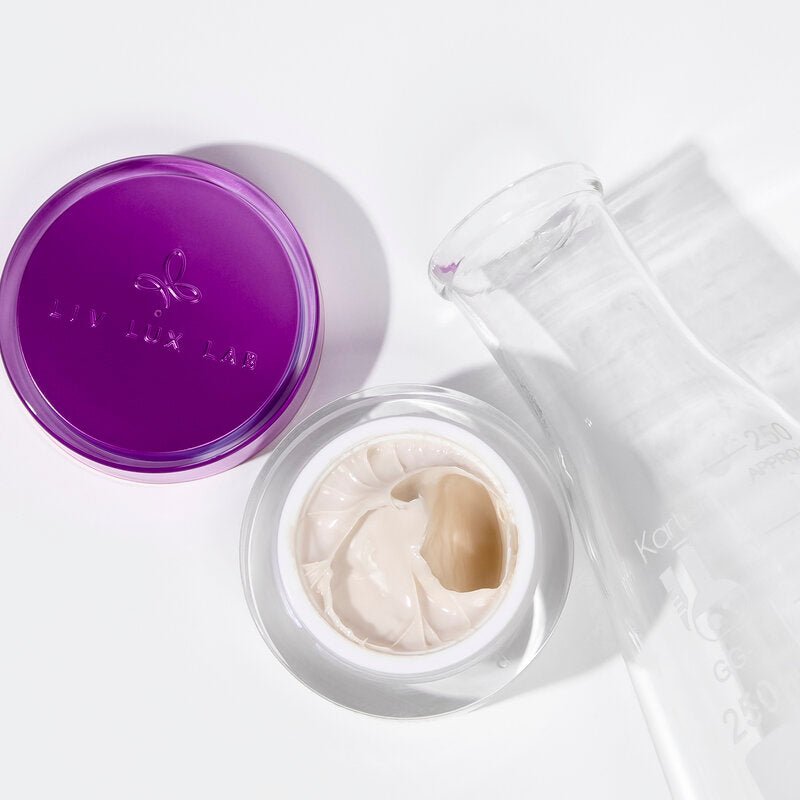October is upon us, ringing in Breast Cancer Awareness Month. According to the Centers for Disease Control and Prevention, breast cancer remains the second most common cancer among women in the United States. With 1 in 8 women diagnosed with breast cancer, almost everyone we know has been affected by this disease.

Our founder, knows how important breast cancer awareness is, reminding women the importance of early detection and preventative measures from her own personal experience, battling stage 3 breast cancer under the age of 40 - while launching her hair care line, SAVE ME FROM. And in spite of other things that may be happening in our world, the importance of this message never diminishes.

"I knew I had breast cancer on 8/20/18... I knew I had to be strong and I hoped I would be okay. The diagnosis was still a shock. I was under 40. I lived a healthy lifestyle. I didn’t have a family history for cancer. My treatment involved as my doctor called it, “everything and the kitchen sink” chemotherapy, radiation, hormone therapy and double mastectomy plan. Throughout my treatment, I tried to remain strong and positive. I pressed on and the community around me rose up. They brought us meals, said prayers, and were so considerate. I was diagnosed amid the development of Save Me From. I questioned whether I could handle the launch – whether I should just call it quits. All my life, I faced adversity but with tooth and nail I came out on top. I didn’t want my abilities doubted so I told few in business."⠀⠀⠀
Just like our founder's story, early detection is key. According to the CDC, mammograms are the best tests for early detection. When breast cancer is discovered early, women have more options for treatment, better chances for survival and a higher cure rate.

Most women who are 50 to 74 years old should have a screening mammogram every two years. If you are 40 to 49 years old, or think you may have a higher risk of breast cancer, ask your doctor when to have a screening mammogram. Some things may increase your risk.
According to the CDC, there are risk factors you can change and others you cannot.
Risk Factors You Can Change
• Not being physically active. Women who are not physically active have a higher risk of getting breast cancer.
• Being overweight or obese after menopause. Older women who are overweight or obese have a higher risk of getting breast cancer than those at a normal weight.
• Taking hormones. Some forms of hormone replacement therapy (those that include both estrogen and progesterone) taken during menopause can raise risk for breast cancer when taken for more than five years. Certain oral contraceptives (birth control pills) also have been found to raise breast cancer risk.
• Reproductive history. Having the first pregnancy after age 30, not breastfeeding, and never having a full-term pregnancy can raise breast cancer risk.
• Drinking alcohol. Studies show that a woman’s risk for breast cancer increases with the more alcohol she drinks.
Research suggests that other factors such as smoking, being exposed to chemicals that can cause cancer, and changes in other hormones due to night shift working also may increase breast cancer risk.
Risk Factors You Cannot Change
• Getting older. The risk for breast cancer increases with age; most breast cancers are diagnosed after age 50.
• Genetic mutations. Inherited changes (mutations) to certain genes, such as BRCA1 and BRCA2. Women who have inherited these genetic changes are at higher risk of breast and ovarian cancer.
• Reproductive history. Early menstrual periods before age 12 and starting menopause after age 55 expose women to hormones longer, raising their risk of getting breast cancer.
• Having dense breasts. Dense breasts have more connective tissue than fatty tissue, which can sometimes make it hard to see tumors on a mammogram. Women with dense breasts are more likely to get breast cancer.
• Personal history of breast cancer or certain non-cancerous breast diseases. Women who have had breast cancer are more likely to get breast cancer a second time. Some non-cancerous breast diseases such as atypical hyperplasia or lobular carcinoma in situ are associated with a higher risk of getting breast cancer.
• Family history of breast or ovarian cancer. A woman’s risk for breast cancer is higher if she has a mother, sister, or daughter (first-degree relative) or multiple family members on either her mother’s or father’s side of the family who have had breast or ovarian cancer. Having a first-degree male relative with breast cancer also raises a woman’s risk.
• Previous treatment using radiation therapy. Women who had radiation therapy to the chest or breasts (for instance, treatment of Hodgkin’s lymphoma) before age 30 have a higher risk of getting breast cancer later in life.
• Women who took the drug diethylstilbestrol (DES), which was given to some pregnant women in the United States between 1940 and 1971 to prevent miscarriage, have a higher risk. Women whose mothers took DES while pregnant with them are also at risk.
Some warning signs of breast cancer are:
♦ New lump in the breast or underarm (armpit).
♦ Thickening or swelling of part of the breast.
♦ Irritation or dimpling of breast skin.
♦ Redness or flaky skin in the nipple area or the breast.
♦ Pulling in of the nipple or pain in the nipple area.
♦ Nipple discharge other than breast milk, including blood.
♦ Any change in the size or the shape of the breast.
♦ Pain in the breast.
A great way to support breast cancer awareness is getting a screening and encouraging a loved one to do the same. Information about free or low-cost mammogram screening programs are available through National Breast Cancer Information services at www.nationalbreastcancer.org or calling 1-800-422-6237.



